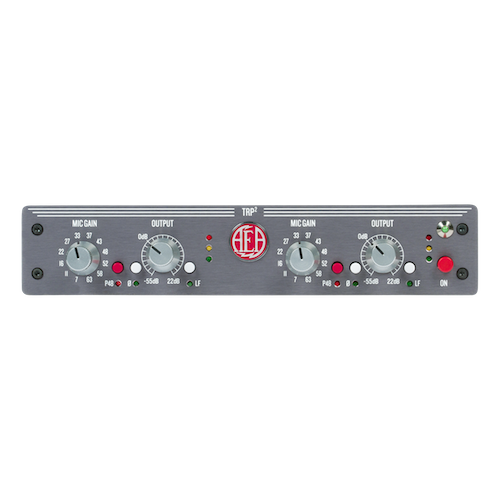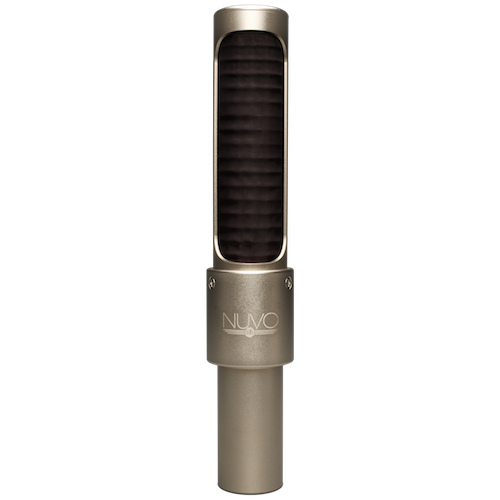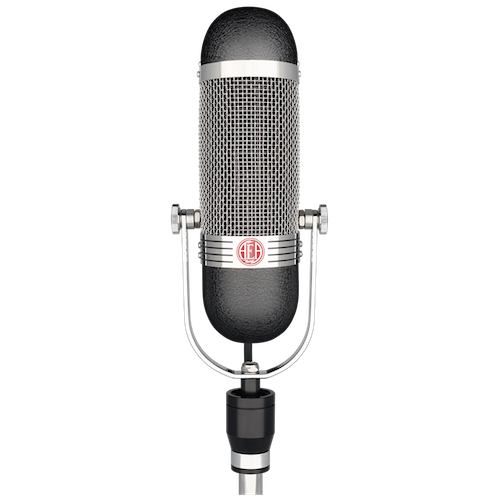The supercardioid KU4 is an outstanding and versatile microphone for vocal applications. It benefits from extensive top-end clarity as well as balanced low-end response. Its inherent high-frequency roll-off functionality smooths the rough edges of harsh or nasally vocal tones while its classic ribbon character imparts unparalleled warmth.

The KU4’s proximity effect kicks in at 6 inches away from the source. If necessary, one can temper the KU4’s pronounced proximity effect by moving it further from the source or adding extra bass by having the singer move closer to the instrument. In many instances, this proximity effect can add warmth to your vocal recordings.
Listen to the KU4 on Male Vocals
Listen to the KU4 on female Vocals
Live Vocals With the KU4
The KU4’s supercardioid polar pattern serves to reject unwanted room reflections and bleed from other instruments, allowing engineers greater freedom to position the KU4 within complex sonic environments.
The near-field design of the KU4 allows it to be positioned quite near the source, similar to a conventional dynamic microphone. Internal mechanics roll-off the low end of a signal before it reaches the ribbon, yielding balanced response between 2 and 18 inches from the source. The ribbon within the KU4 is well protected by precision fabric and is virtually impervious to loud volumes. However, when recording vocals, a pop filter is recommended in order to temper the blasts of air produced by vocal plosives.









